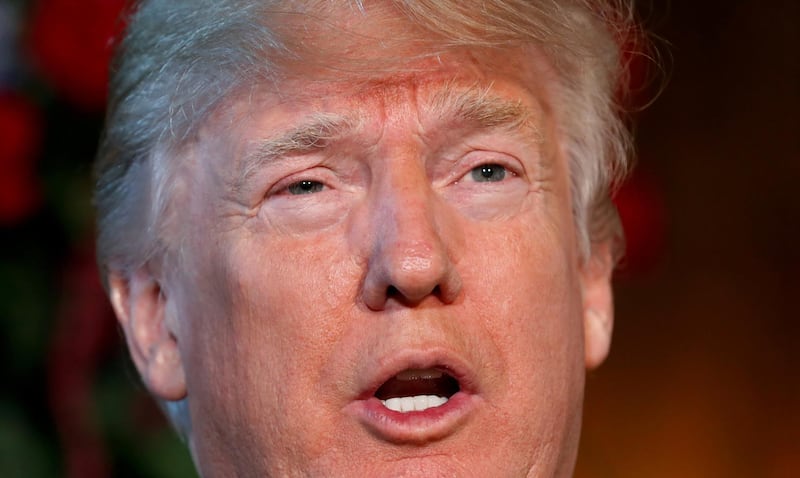Crude oil prices fell nearly US$1 per barrel on Friday following President Trump's tweet that it: "Looks like OPEC is at it again. With record amounts of Oil all over the place, including the fully loaded ships at sea, Oil prices are artificially Very High! No good and will not be accepted!"
Certainly the tweet came at a sensitive moment, with oil prices at their highest levels since 2014 and just as Opec ministers were meeting in Jeddah with their Russian counterpart to assess compliance with their agreement to cut crude production.
With the market seemingly poised for a push up to $80 per barrel following Saudi comments that they would be happy with crude prices between $80 to $100 per barrel, Trump’s remarks punctured the rally but it remains to be seen if they will deliver more long lasting damage. The balance of risks for the time being is that they will not, as a confluence of fundamental and policy factors, add upward momentum to prices.
So far this year Opec has carried over its strong compliance with the production cuts it agreed with partners at the end of 2016. Average compliance in 2017 was 98.8 per cent but it has jumped to more than 150 per cent in the first three months of 2018 according to Reuters.
Saudi Arabia has continued to do much of the heavy lifting in achieving better than expected compliance but in fact all Opec producers that are party to the deal have achieved a higher level of compliance this year.
The UAE has been one of the most improved members, achieving a compliance rate of 124 per cent on average in the first quarter of this year compared with around 40 per cent in 2017 as a whole. Compliance in Iraq is higher than it was in 2017 but has been steadily declining since hitting a peak in November when production was disrupted by civil conflict in the country. Venezuela has actually achieved one of the highest levels of compliance but for idiosyncratic reasons related to deteriorating economic conditions that have left PDVSA, the state oil company, lacking funds to halt a precipitous decline in output or pay foreign partners.
It had been expected that Middle East producers would actually increase production in 2018 to take advantage of the improvement in oil prices but the first quarter suggests the opposite. If Mena producers maintain their current levels of oil production global oil market balances would push deeper into deficit, implying more support for prices. But there is still most of 2018 to go, leaving plenty of time for changes in regional oil production.
______
Read more from Tim Fox:
Regional equities fare well as they look to attract foreign investors
Equity markets suffer steep losses amid trade and security instability
Global markets rattled by the prospect of a trade war
Why the Eibor is trading below the Libor
______
Sticking to supply side risks, production in the US could end up disappointing due to logistical choke points. The Energy Information Administration projects growth in US crude oil supply of 1.37 million barrels per day this year, effectively the fastest growth on record. Drilling productivity has continued to improve during the slump in oil prices, allowing fast levels of growth at a lower overall rig count. But investment in the rest of the oil infrastructure in the US has not kept pace, constraining the ability to get US crude into the market.
There are several political risks that are also adding a bid tone to crude markets. The appointment of Mike Pompeo as US secretary of state and John Bolton as national security adviser have raised the risk of Mr Trump refusing to renew waivers on Iran nuclear sanctions as scheduled in May. After sanctions were imposed in 2012, Iranian oil production dropped off sharply - falling by as much as 1 million bdp from pre-sanctions peak to trough. If Iranian production fell by a similar amount this year, market balances in the second half of 2018 would push into a much deeper deficit that notionally should be supportive for prices.
Looking further out many of these ‘price supportive’ risks should end up catalysing an eventual price decline as producers take advantage of the high prices by increasing output. Indeed the strong start to the year actually gives producers space to ease back on the cuts sooner if the current price levels erode marginal demand, or other producers face disruptions. Trump’s tweet may give Opec producers pause for thought, but it will be the logic of capitalising on oil’s strength that will probably bring about an eventual adjustment in production.
Tim Fox is group chief economist and head of research at Emirates NBD






